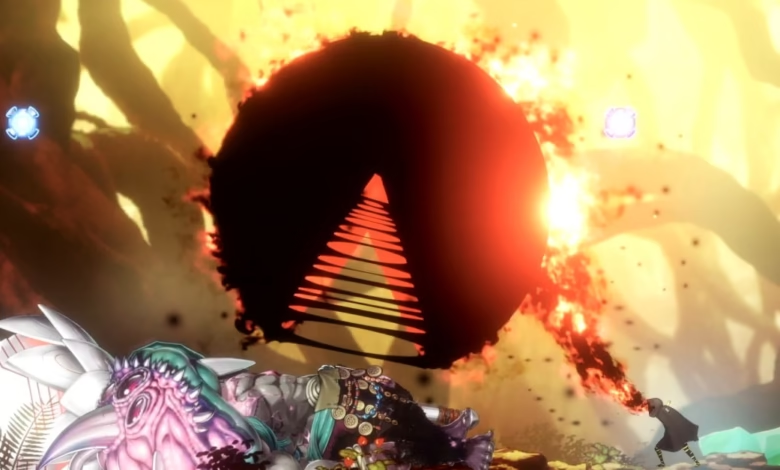Dark Pac-Man Game Stays True to Arcade Origins

▼ Summary
– Pac-Man, a mysterious ’80s arcade game, is abstract enough to invite player imagination about its world and characters.
– Shadow Labyrinth reimagines Pac-Man as a 2D action-adventure game with lore, monsters, and a Metroidvania-style structure.
– The game leans heavily into cryptic storytelling and retro references, but this often overshadows the original’s minimalist charm.
– Shadow Labyrinth excels in exploration and combat but struggles with imprecise movement mechanics and forced modern tropes.
– The game’s best moments are its nostalgic Pac-Man maze sequences, which retain the original’s abstract, urgent appeal.
Few games capture the imagination quite like Pac-Man. The iconic arcade classic, with its neon maze and silent protagonist, remains one of gaming’s most enigmatic experiences. On the surface, it’s a simple chase for high scores, eat dots, evade ghosts, repeat. But beneath that simplicity lies a world of abstraction, inviting players to fill in the gaps with their own interpretations. What lies beyond the maze? Why do ghosts haunt its corridors? These unanswered questions have fueled decades of curiosity, inspiring everything from animated specials to deep-cut lore.
Now, Bandai Namco’s Shadow Labyrinth takes that mystery to new extremes. This bizarre reimagining transforms Pac-Man into a sprawling 2D action-adventure, blending eerie corridors, grotesque monsters, and a dense web of lore. It’s as if someone took an ’80s novelization and turned it into an interactive fever dream, equal parts nostalgic and unsettling. While the shift feels organic in some ways, it also highlights how difficult it is for modern games to recapture the minimalist magic of arcade-era classics.
Shadow Labyrinth is a bold departure for the franchise, merging Metroidvania exploration with sci-fi grimness. Players control Swordsman No. 8, a nameless warrior lost in a world of dark caves and futuristic ruins. Their only ally? Puck, a robotic creature resembling Pac-Man, who drags them into an intergalactic conflict littered with retro gaming references. The story leans hard into obscurity, bombarding players with cryptic dialogue and lore dumps. It’s intentionally disorienting, mirroring the maze-like structure of the original game, except here, even the narrative feels like a puzzle.
Visually, the game excels at crafting an eerie atmosphere. Environments feel vast and haunting, with grotesque enemies lurking in the shadows. The soundtrack, a mix of unsettling piano melodies and electronic beats, amplifies the tension. At times, it feels like stepping into a nightmare version of an ’80s arcade, complete with twisted takes on classic Namco enemies.
Yet, Shadow Labyrinth struggles when it overexplains its world. The original Pac-Man thrived on ambiguity, leaving players to wonder about its universe. This game, however, fills every gap with lore, trading mystery for fan service. It’s a trend seen in many modern titles, worlds built for YouTube explainers rather than personal interpretation. The irony? The game shines brightest when it embraces its roots. Brief segments drop players into familiar neon mazes, tasking them with gobbling dots and outmaneuvering ghosts. These moments, stripped of excess lore, capture the raw energy of the arcade original.
Gameplay-wise, Shadow Labyrinth blends exploration, combat, and platforming. The Metroidvania structure encourages backtracking and secret hunting, though imprecise movement mechanics can frustrate. Combat, however, stands out with its layered systems. Players manage an ESP gauge that fuels dodges and special attacks, adding strategy to encounters. Optional bosses provide tough challenges, while a mech transformation and crafting system offer depth. Less successful is the parry mechanic, which feels out of place in a Pac-Man-inspired world.
Ultimately, Shadow Labyrinth is a flawed but fascinating experiment. It’s at its best when channeling the abstract energy of its predecessor, proving that sometimes, less really is more. While its modern trappings occasionally weigh it down, the game remains a bold tribute to Pac-Man’s legacy, one that’s far more memorable than another safe nostalgia play. In an industry obsessed with brand consistency, that’s something worth celebrating.
(Source: NewsAPI Video Games & Console News)

